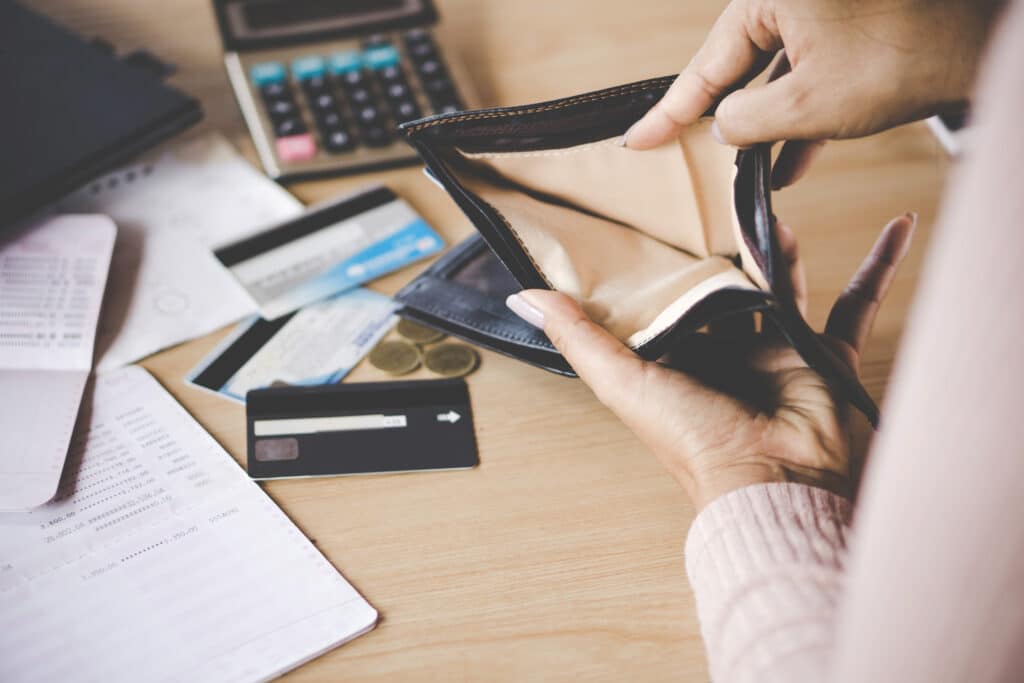Living on a tight budget and trying to tackle debt can feel like trying to fill a bathtub with a teaspoon. But don’t worry—it’s not only possible, it’s doable with a bit of strategy and determination.
1. Know what you owe
Start by listing all your debts—credit cards, loans, utilities, rent—along with interest rates and fees. Having a clear picture of your total debt is the first step toward managing it.
2. Stop adding to the pile
It might be tempting to use credit cards for everyday expenses, but it’s crucial to avoid taking on new debts. Put the plastic away and focus on living within your means.
3. Cut unnecessary spending
Review your monthly expenses and identify areas to cut back. Do you really need all those streaming subscriptions? Small savings can add up and free up funds to pay down debt.
4. Create a bare-bones budget
Focus on essentials: housing, food, utilities, and transportation. Allocate any remaining funds toward debt repayment. This minimalist approach can help you stay on track.
5. Prioritize your bills
Ensure you’re covering essential expenses first. Then, use either the debt snowball method (paying off smallest debts first) or the debt avalanche method (tackling highest interest rates first) to systematically reduce your debt.
6. Consider a side hustle
Explore opportunities to earn extra income, like freelancing, tutoring, or gig economy jobs. Even a few additional hours a week can make a significant difference.
7. Improve your credit score
A better credit score can lead to lower interest rates, saving you money in the long run. Pay bills on time, reduce outstanding balances, and avoid new debt to boost your score.
8. Explore debt consolidation
If you have multiple high-interest debts, consolidating them into a single loan with a lower interest rate might simplify payments and reduce overall costs. Make sure you can meet the new payment terms before committing.
TL;DR: your debt-busting game plan
- Assess your total debt
- Avoid accumulating new debt
- Trim unnecessary expenses
- Implement a strict budget
- Prioritize essential bills and choose a debt repayment strategy
- Seek additional income sources
- Work on improving your credit score
- Consider debt consolidation if appropriate
With a clear plan and commitment, you can navigate your way out of debt, even on a limited income. Remember, every small step counts toward your financial freedom.










